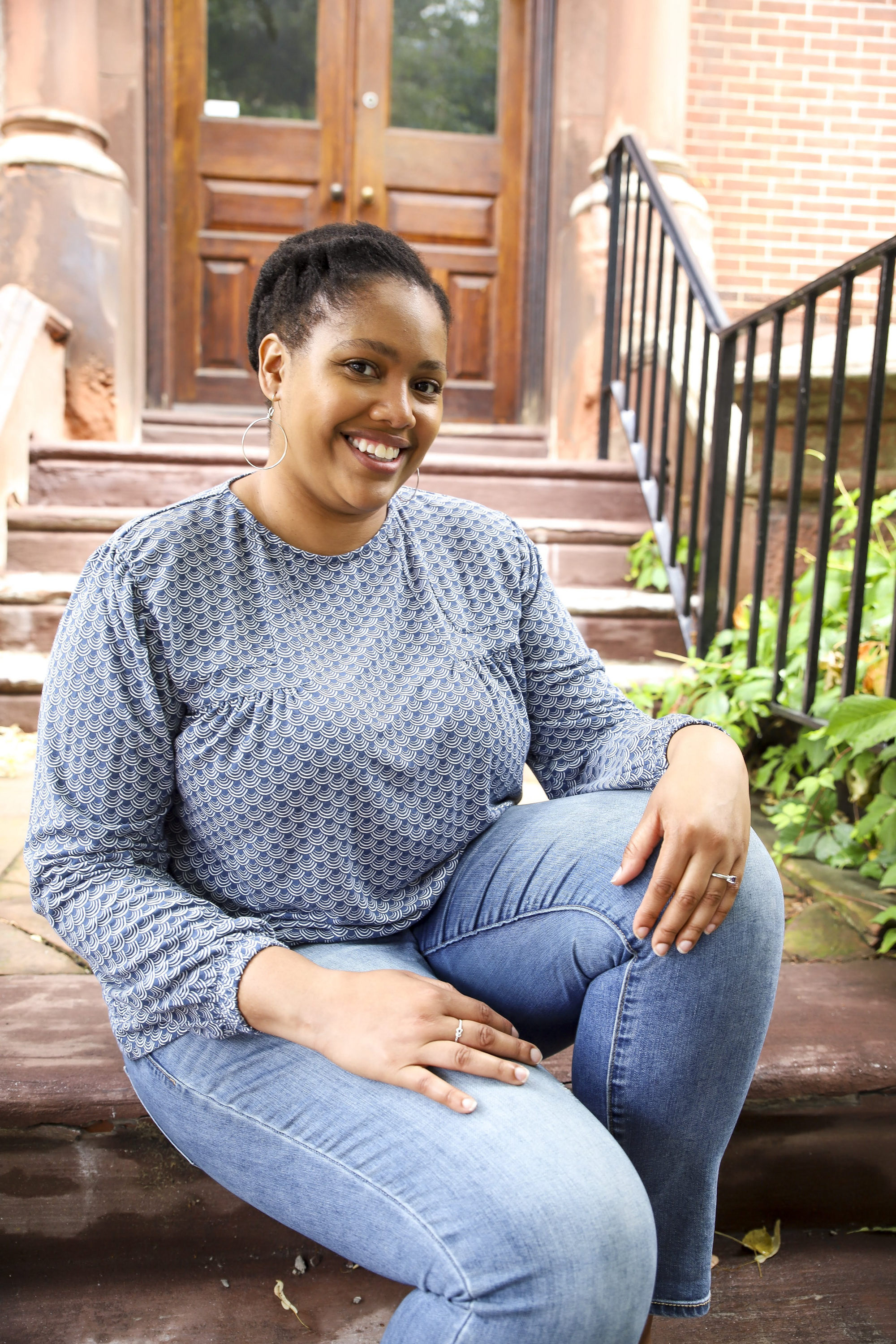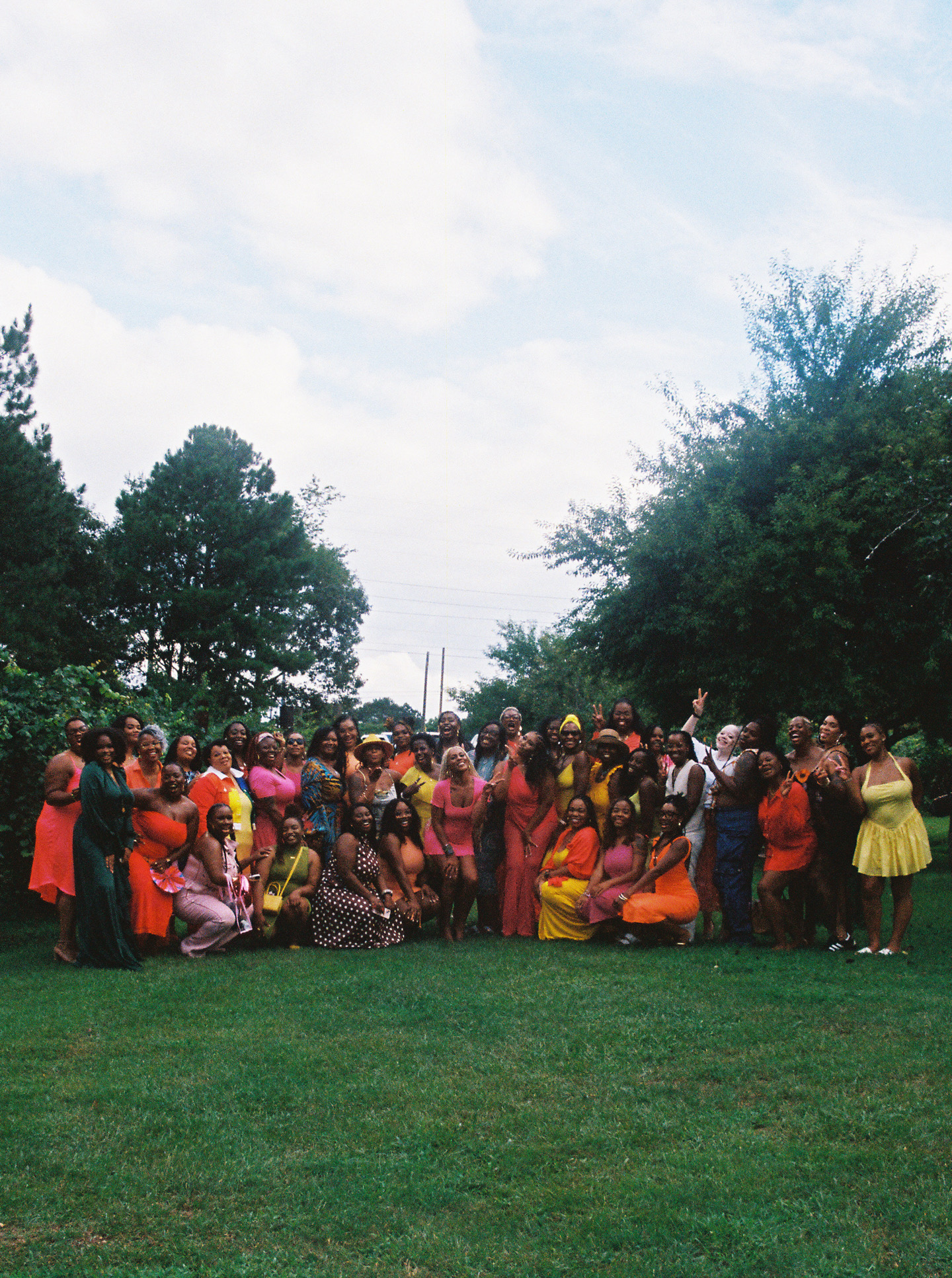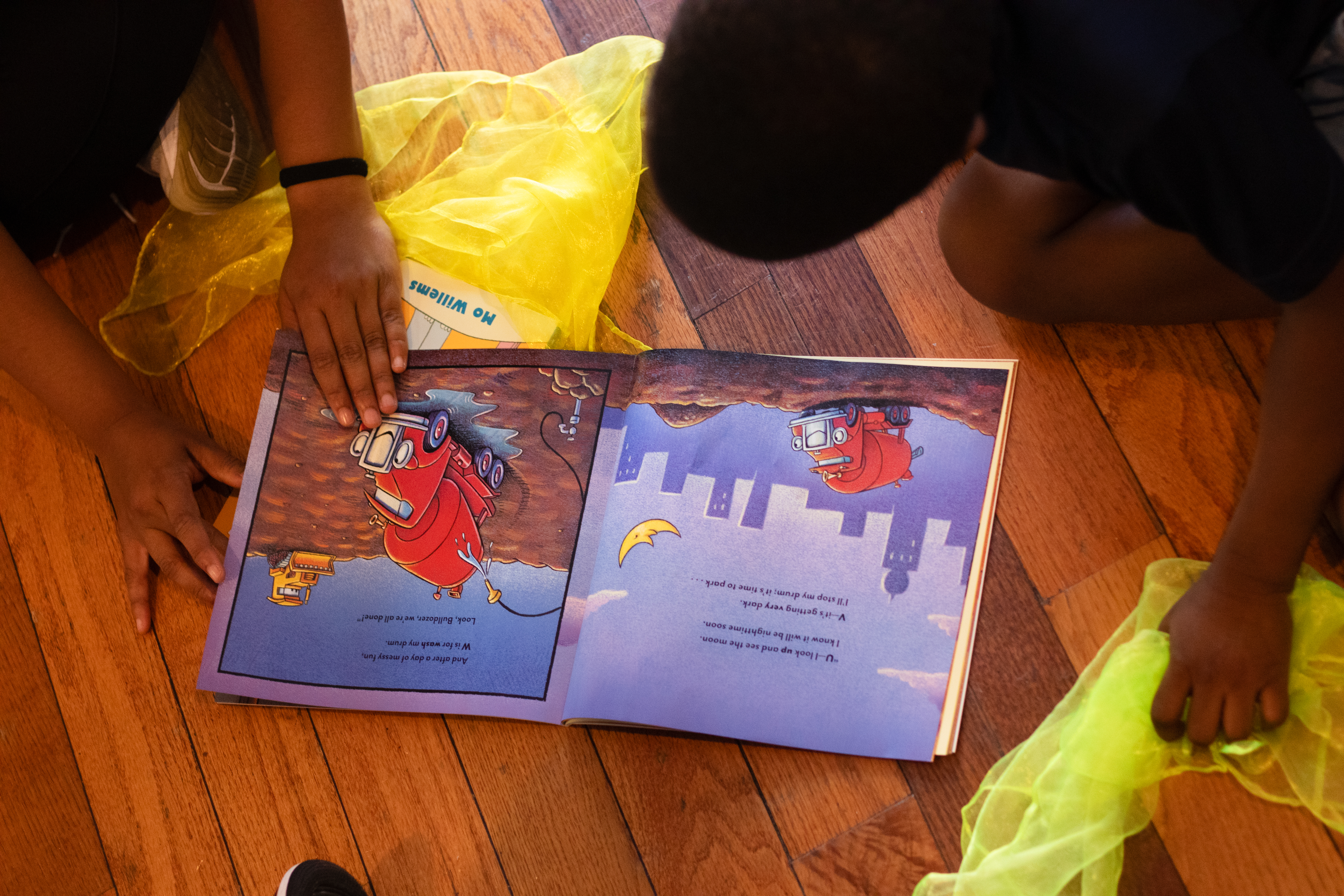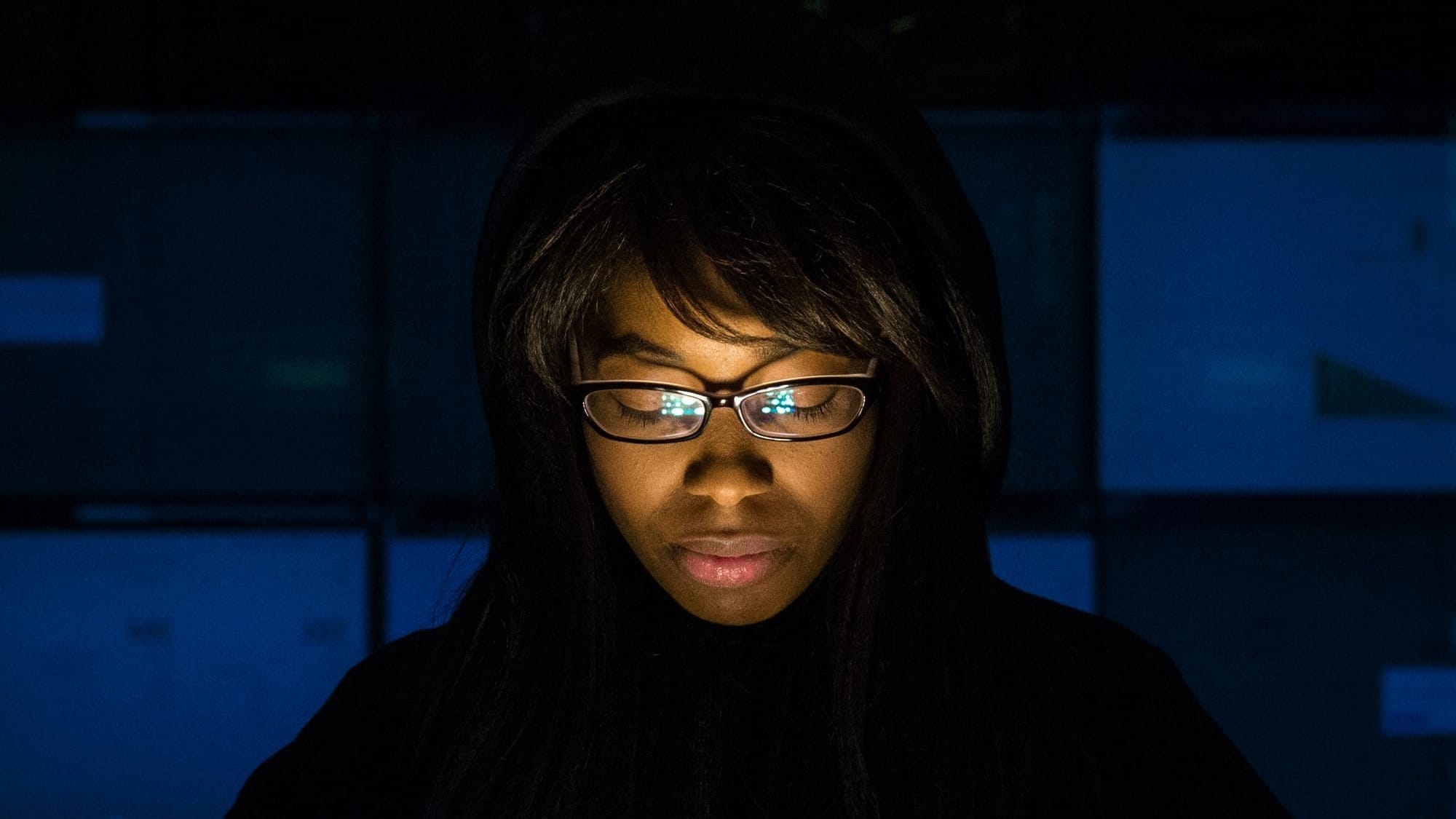Four Ways Philly is Connected to Harriet Tubman’s Legacy
There has been a lot of “talk” around Harriet Tubman lately. After several videos went viral doubting not only the work of Harriet Tubman, who rescued hundreds of people from human trafficking known as enslavement , but also the very existence of Tubman, herself. Yes, for real.
There has been a lot of “talk” around Harriet Tubman lately. After several videos went viral doubting not only the work of Harriet Tubman, who rescued hundreds of people from human trafficking known as enslavement , but also the very existence of Tubman, herself. Yes, for real.
Rather than argue what is already well documented and not so distant history, we thought it would be a good time to talk about the many ways Harriet Tubman was connected to Philadelphia. As a city, Philadelphia played a vital role in the abolitionist movement and was a welcoming stop in what was known as the Underground Railroad, a system of stops and safe locations for people escaping human trafficking.
Here are four major connections Harriet Tubman had with the City of Philadelphia you might not have known about.
Philadelphia was where Tubman herself found freedom:
Philadelphia was known as a city of liberty for human trafficked folks fleeing enslavement and Tubman herself was the beneficiary of that. In 1849, Tubman escaped her traffickers, traveling 90 miles from the slave state of Maryland to the free state of Pennsylvania, to Philadelphia.
In Philadelphia, Harriet Tubman, born Araminta Ross, had the opportunity to change her name to elude human traffickers searching for her. She chose Harriet, the name of her mother, and Tubman, the name of her husband. She spent a short time engaging in domestic work before she returned to rescue other human trafficked people.
She, the most famous conductor, connected with one of the best station masters:
Tubman, the most well known underground railroad conductor, connected with William Still, the most well known station masters of the underground railroad. Tubman and Still connected here in Philadelphia.
It is estimated that Still, who worked for the Pennsylvania Society for the Abolition of Slavery, helped guide over 800 people escape trafficking. Tubman stopped frequently at Still’s station and still financially supported several of Tubman's estimated 19 trips to rescue human trafficked people.
She visited the Johnson House:
The Johnson House, owned by four generations of the Johnson family, who were staunch abolitionists. During Tubman’s time, the Johnson, fierce believers in abolition and Quakers, operated as a stop on the underground railroad. The Johnson family tradition tells us that Tubman stopped at the Johnson House on her many journeys to liberate trafficked folks. That tradition says that the Johnson House is where William Still and Harriet Tubman planned their missions.
She’s getting a statue here in Philadelphia:
In 2022, a sculpture called Harriet Tubman – The Journey to Freedom, stood in all of its 9 foot glory at City Hall. The sculpture, created by the Wofford Sculpture Studio, was a traveling monument that represented Tubman’s liberating hundreds of human trafficked people.
The sculpture became such a part of Philadelphia during its short visit that Philly’s Office of Arts, Culture and the Creative Economy commissioned a permanent statue of Tubman that will soon become part of Philadelphia’s public art collection.





